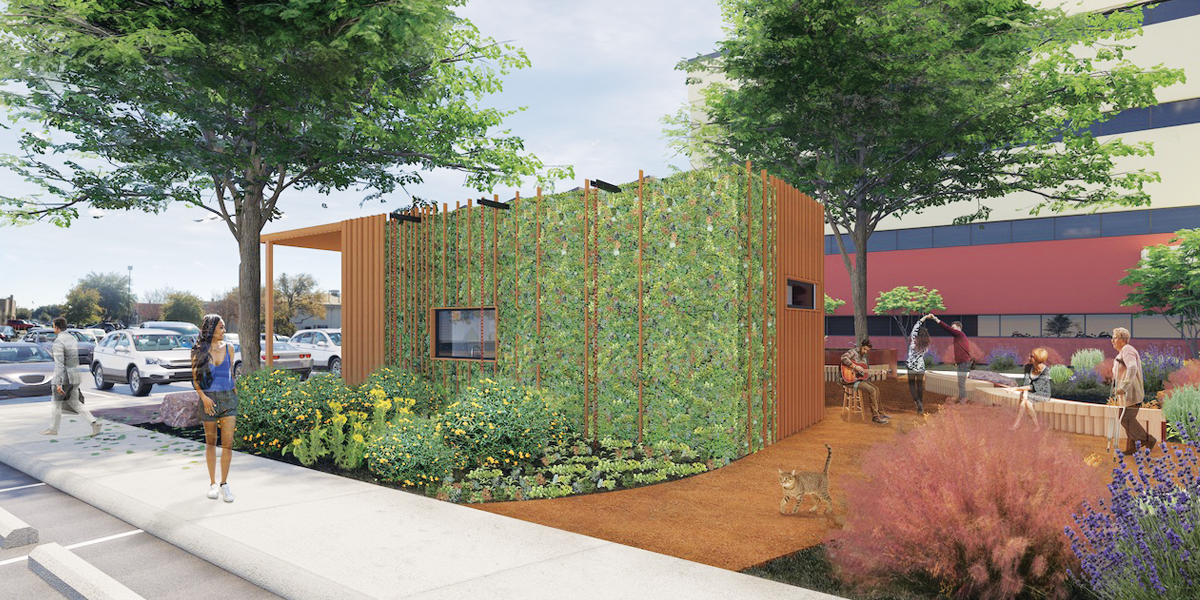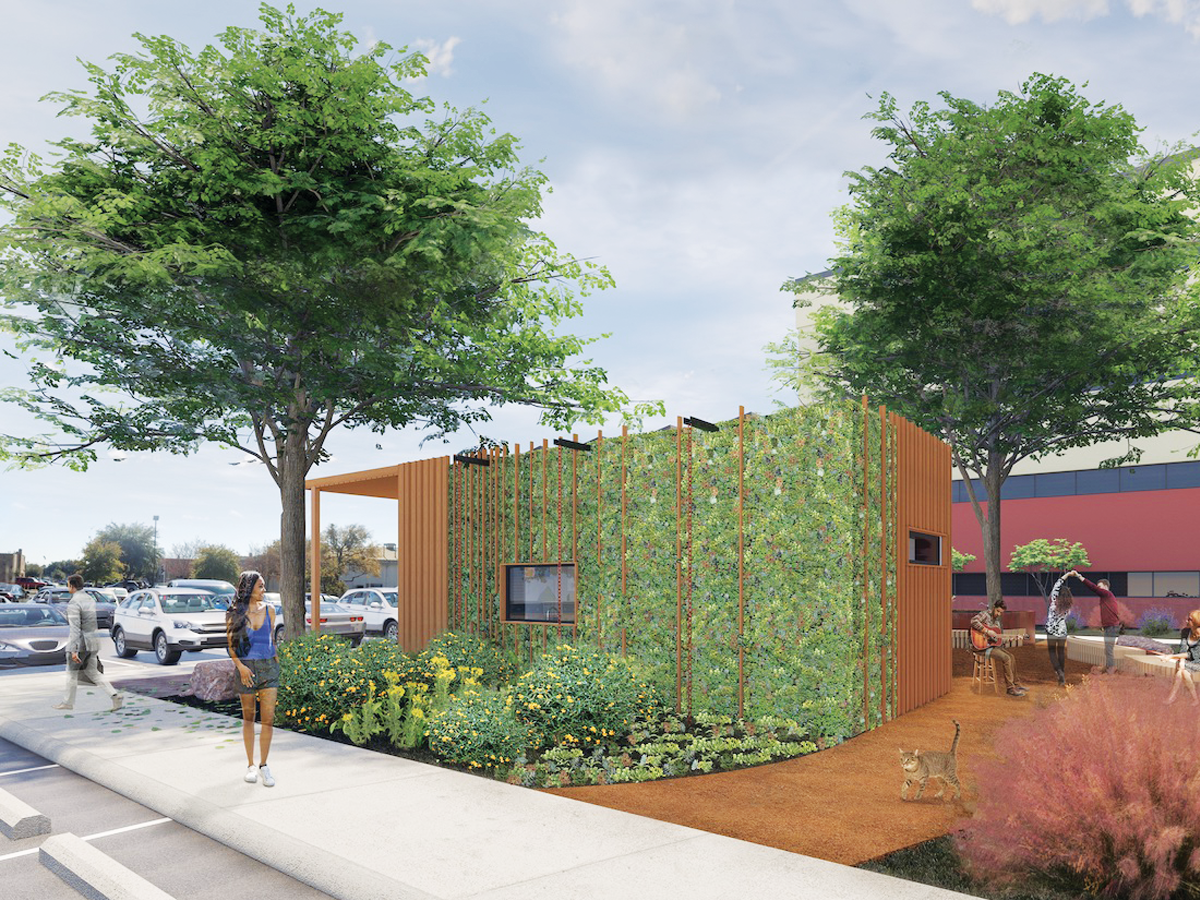
Home of the Future

Students in the College of Architecture, Construction and Planning will be part of the design, construction, and optimization of a sustainable smart home. The project—being designed and built as a living laboratory for students, researchers, and the San Antonio community—will provide students an opportunity to collaborate with engineering students and incorporate technology in the architecture of a building that serves end users and preserves the environment.
The home, which will be built on the Downtown Campus beginning early this year, will provide the ability to replicate the design for a multigenerational family and will generate, store, and release its own renewable energy, making it 100% self-sufficient. It will also serve as a live-work unit and include a bike repair shop to support UTSA’s walkability initiative.
“This project positions UTSA at the heart of development for a zero-carbon building future to amplify the research in the areas of low carbon supply, storage, and demand that could be replicated in other areas of the United States,” says Antonio Martinez-Molina, an assistant professor in the Department of Architecture.
He adds that the United States has one of the oldest and the most energy-consuming populations in the world and this project could have an enormous impact in this country.
“We are incorporating universal design principle into the architecture and interior design of the building in order to provide a higher-quality built environment for people of all ages and abilities,” says Neda Norouzi, an assistant professor of architecture.
Universal design refers to designing products that can be used by everyone, regardless of age or ability.
“There are 65 million people age 60 and older across the country, many of whom prefer to grow old in their own home and community,” said Norouzi. “However, only half of homes meet the physical needs of people who choose to age in place. This project is aiming to serve the needs of 86% of San Antonians who want to age in place.”

